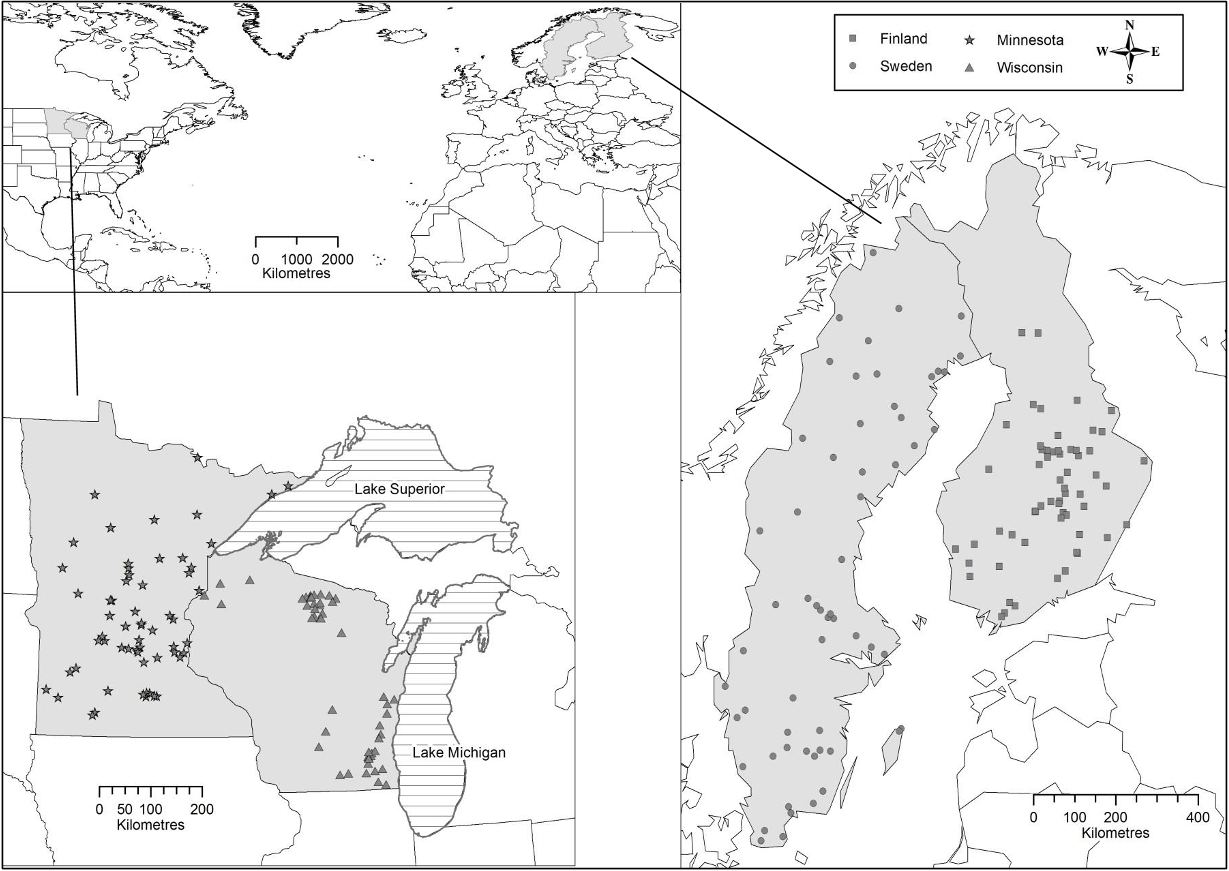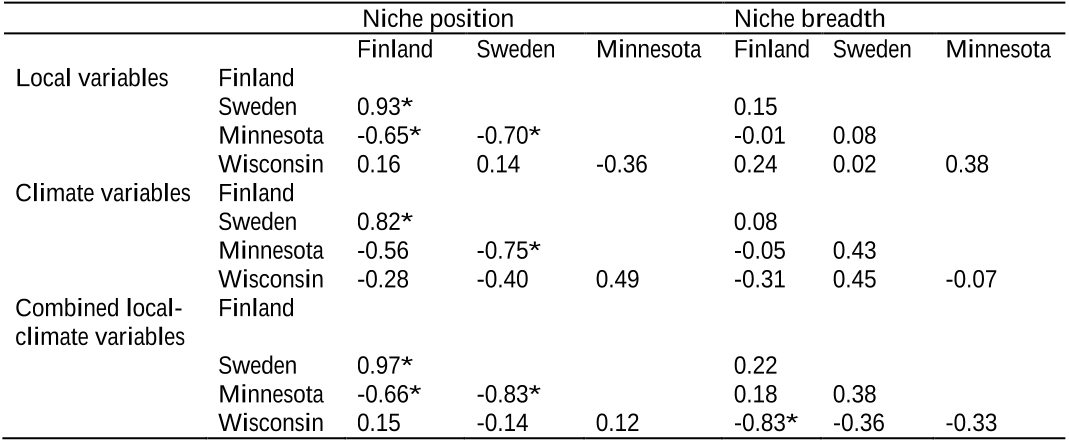




Did you find this useful? Give us your feedback










114 citations
...…related to, for example, ecosystem functioning (Symstad et al., 2003) and resilience (Folke et al., 2004), biogeographical regionalization (Divisek et al., 2016), niche conservatism (Alahuhta et al., 2017), species conservation (Brooks et al., 2008) and ecosystem services (Naidoo et al., 2008)....
[...]
..., 2016), niche conservatism (Alahuhta et al., 2017), species conservation (Brooks et al....
[...]
54 citations
35 citations
34 citations
22 citations
...Another line of evidence comes from a recent study showing that the niche of aquatic plants is not conserved among different regions (Alahuhta et al., 2017)....
[...]
41 citations
...For example, the depth gradient determines the extent of the littoral zone and 388 strongly affects both submerged and emergent macrophytes, whereas lake area affects more 389 emergent macrophytes (Rørslett 1991, Toivonen and Huttunen 1995, Dahlgren and Ehrlén 2005)....
[...]
...Spatial processes are especially 107 important in lake systems, because adaptation to living in water leads to the formation of well-108 delimited populations surrounded by an inhospitable terrestrial matrix (Dahlgren and Ehrlén 2005, 109 Hortal et al. 2014)....
[...]
...However, compared to emergent plants, the distributions of submerged and free418 floating species were found to be more strongly influenced geographical connectivity of lakes 419 (Dahlgren and Ehrlén 2005)....
[...]
...These incongruent results may be related to different study 422 extents (a single river basin in Dahlgren and Ehrlén 2005 and multiple river basins in our study), 423 and potential dispersal limitation of these species among highly eutrophic lakes in Minnesota and 424 Wisconsin....
[...]
...However, compared to emergent plants, the distributions of submerged and free-418 floating species were found to be more strongly influenced geographical connectivity of lakes 419 (Dahlgren and Ehrlén 2005)....
[...]
41 citations
41 citations
39 citations
...449 Wasof et al. (2015) similarly discovered that climate niche parameters indicated niche conservatism 450 for terrestrial vascular plants between Fennoscandia and the Alps....
[...]
37 citations